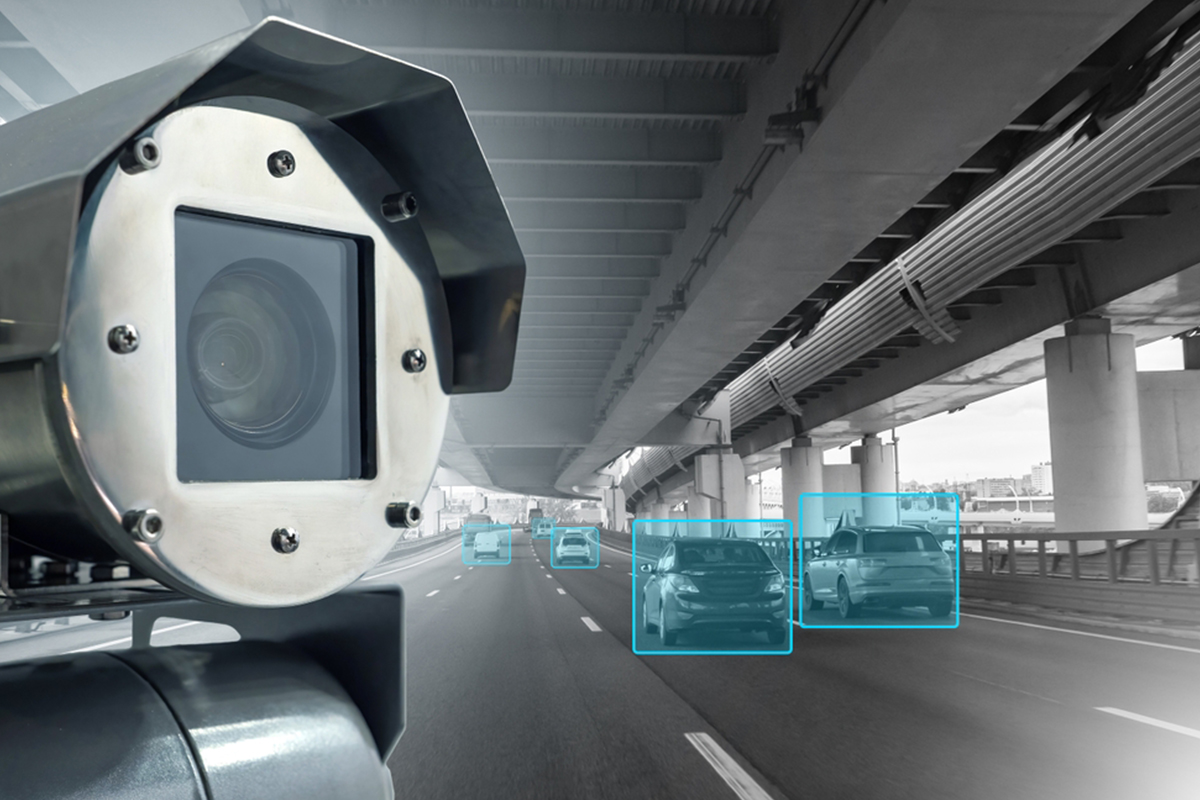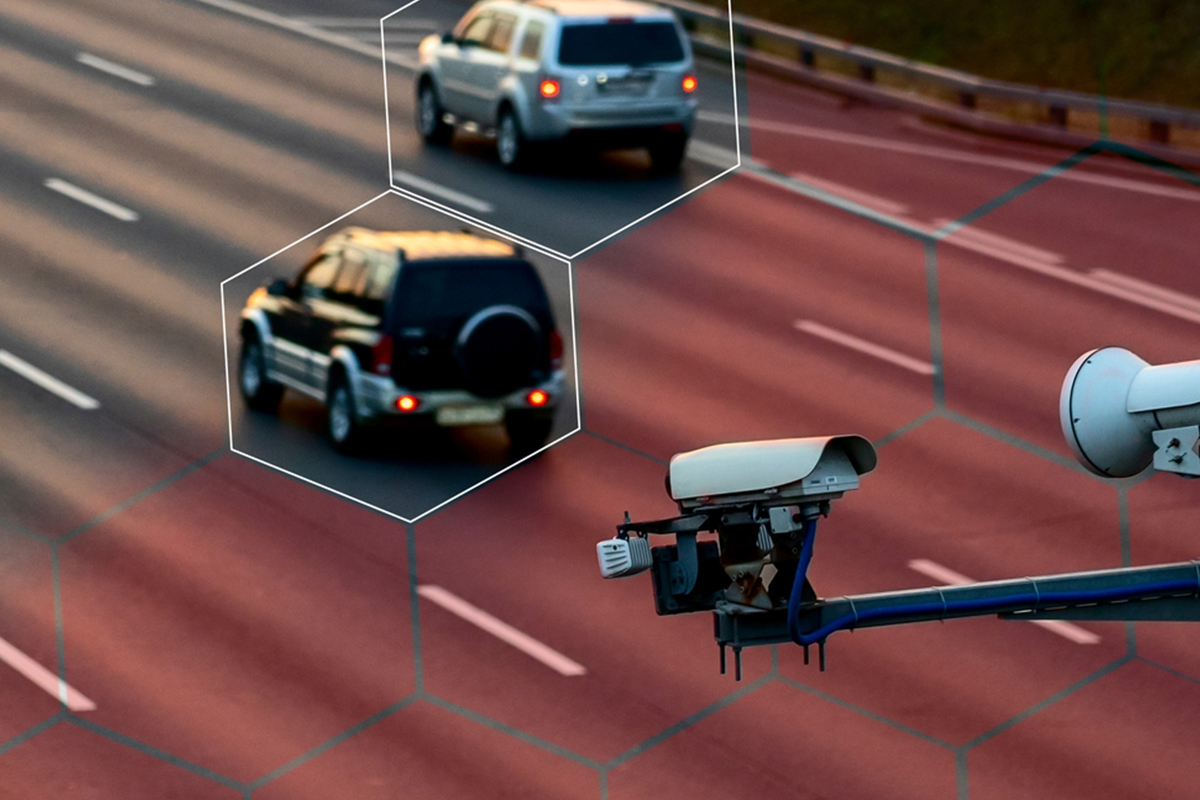
Vehicle Tracking with ANPR Camera Integration:
Integrating ANPR (Automatic Number Plate Recognition) cameras with vehicle tracking systems enhances security, efficiency, and automation. These cameras automatically capture and recognize license plates, providing real-time data for fleet management, law enforcement, and traffic monitoring. By combining ANPR with GPS tracking, businesses can monitor vehicle movements, prevent unauthorized access, and streamline operations. This integration is particularly useful for automated toll collection, parking management, and access control, reducing the need for manual checks.
For fleet operators, ANPR-enabled tracking improves route optimization, fuel efficiency, and driver accountability. Security teams can use it to detect stolen or blacklisted vehicles, enhancing surveillance. Additionally, ANPR integration supports data analytics, helping businesses and city planners improve traffic flow, reduce congestion, and enforce compliance effortlessly.
Key Feature Highlights
- Real-Time GPS Tracking
- ANPR Camera Integration
- Geofencing Alerts
- Driver Behavior Monitoring
- Theft Prevention & Recovery
- Route Optimization


